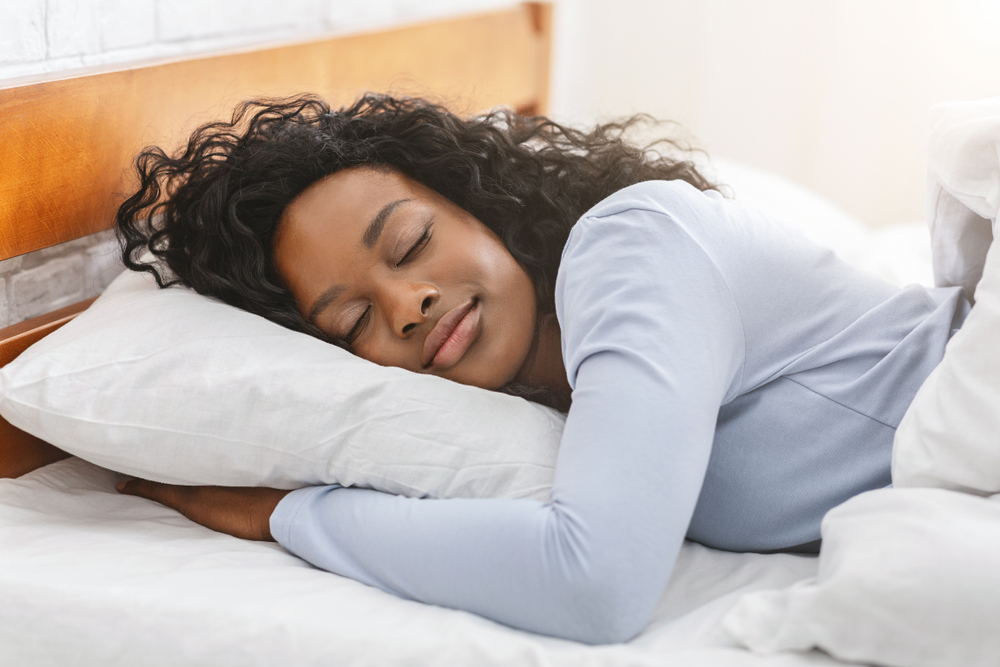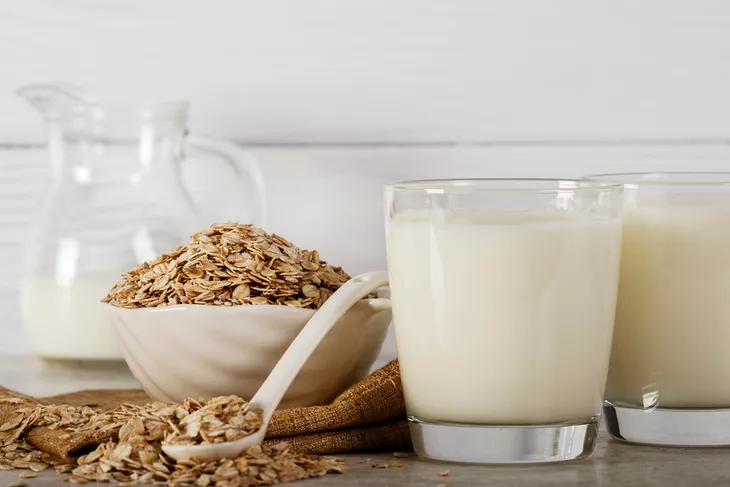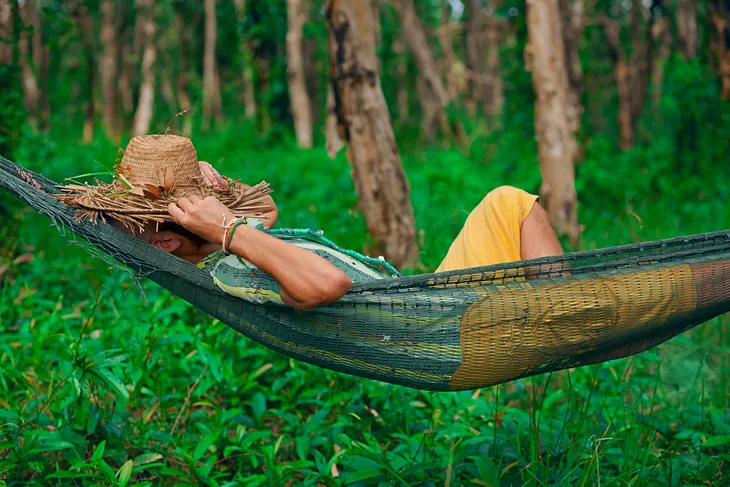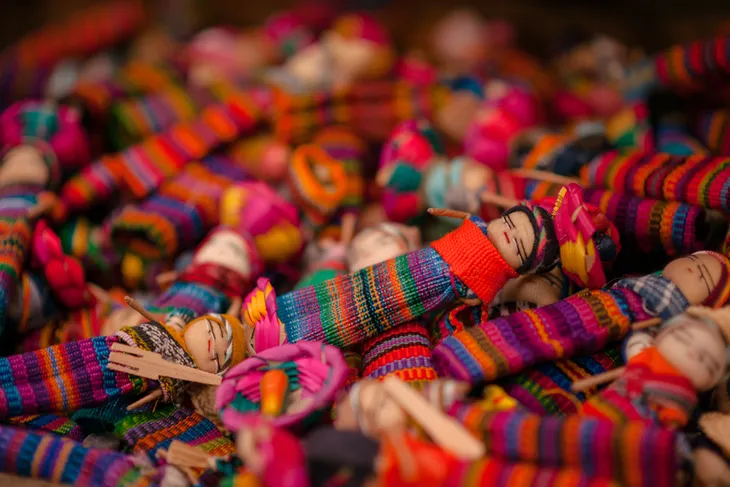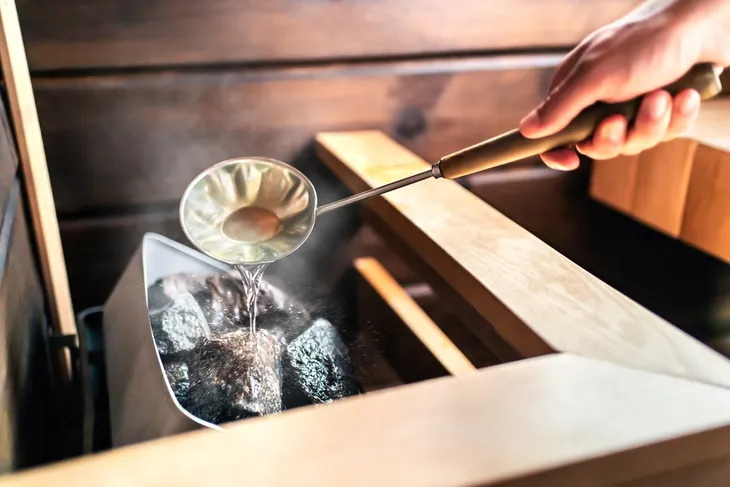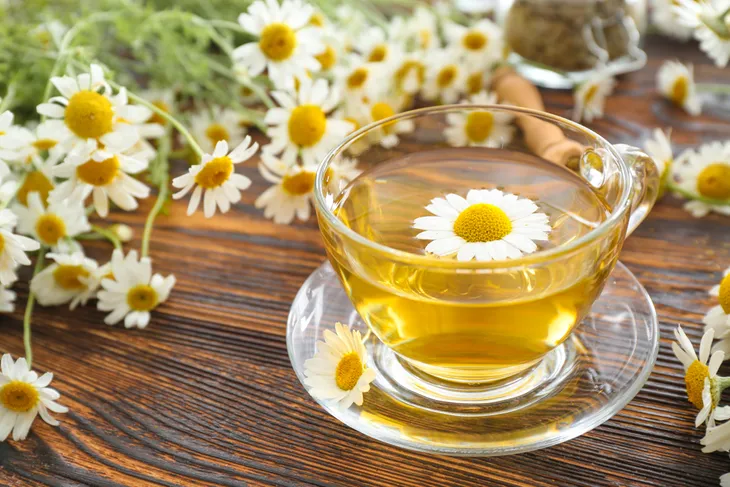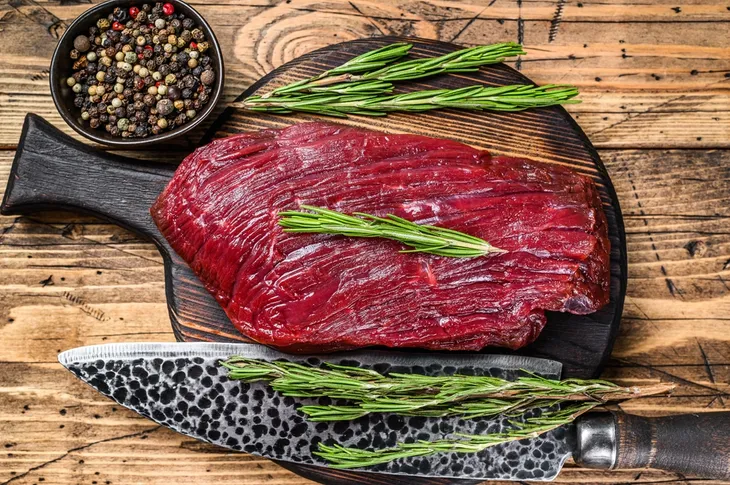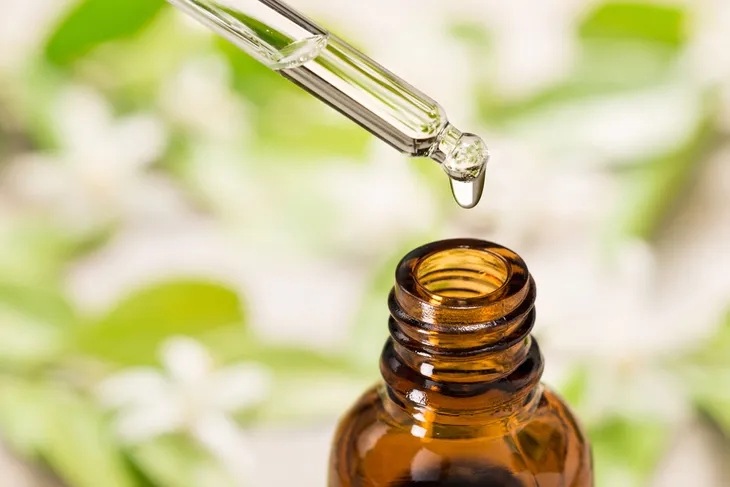- Sleep plays an important role in our overall health, both mentally and physically.
- Insomnia is a sleep disorder that affects people all over the world, making it difficult for them to fall asleep.
- From eating elk meat to Chinese foot baths, here are some strange sleep-inducing techniques from around the world.
Sleep is a basic human necessity. It plays an important role in our physical and mental health. Not getting enough can affect how well a person thinks, reacts, learns, and even gets along with others. While we might not all get the same amount or sleep in the same way, at some point everyone needs sleep to rest and recharge.
No matter where a person lives, their cultural or ethnic background, sleep is something we all have in common. Most people can agree, there’s nothing more frustrating than not being able to fall asleep. While there is no one size fits all solution, cultures around the world have their own strategies. Let’s take a trip around the world and look at the strange ways people fall asleep…
Drink Välling
Just like how some people drink a hot tea before bed, people in Sweden drink a porridge-like drink called Välling. Healthline describes it as a milk cereal drink made from ground oats and cow’s milk. Not only is it tasty, but it’s filling and full of nutrients. This is why it’s also commonly given to babies and toddlers, notes the source.
“A classic trick to sleep better in Sweden — for kids and adults alike — is to drink Välling […] right before bedtime,” says Karl Andersson, an expert on Nordic culture when talking to Healthline. Even outside Sweden, warm milk is a common suggestion to help people fall asleep as it contains compounds that support a healthy sleep cycle, such as tryptophan, magnesium, melatonin, and serotonin. In addition to these, just the warm sensation and ritual of drinking the milk may help bring on sleep.
Sleeping in a Hammock
In the U.S. hammocks are usually found in vacation homes or rentals near the beach or water as a relaxing way to lounge around, possibly read a book or just take an afternoon snooze. People often hang them outside between two trees or have a self-standing hammock in their backyard. However in South and Central America, these are a legitimate sleeping option.
So why do babies love to be cradled and adults fall asleep so easily while rocking in a hammock? “The hammock provides two things that are crucial to sleep quality: safety and comfort,” says mattress store owner Stephen Light to Healthline. A 2011 study explored how the sensation of rocking can promote a deeper sleep. It looked at 12 men who took each took a 45-minute afternoon nap on two separate days, one in a stationary bed and the other in a swinging bed.
“Using polysommography and electroencephalogram (EEG) data, researchers found that napping in a swinging bed shortened the time it took the participants to fall asleep and lengthened stage 2 sleep, the stage prior to deep sleep,” writes Healthline.
Blow Some Bubbles
Blowing bubbles is a fun activity to do with kids and apparently beneficial to adults too! According to Martin Rawls-Meehan, CEO and founder of the sleep technology company Reverie, blowing bubbles is a technique he shares with his clients to help them fall asleep. It works by activating the same mechanism as taking deep, meditative breaths, writes The Healthy.
“It also has the effect of redirecting your thoughts from the worrying to the more lighthearted. The act of blowing bubbles reminds us of the joy of childhood, which is a good way to de-stress,” says Meehan to the source.
India’s Ayurvedic Remedy
Ayurveda medicine is the traditional medicine of India. One of the most important herbs within this medicine, one that has been used for thousands of years, is called ashwaganda. According to Healthline, it’s mainly used to reduce stress and anxiety and support symptoms related to mental health. As a result, it makes for one of the best sleeping hacks.
In fact, a 2020 study of 150 healthy adults who were given 120-mg of ashwagandha once a day for 6-weeks found that ashwagandha was able to reduce the time it took to fall asleep and non-restorative sleep, as well as improve quality of sleep and life.
Guatemala’s Worry Dolls
Certainly one of the more interesting techniques on this list and it originates from the highland indigenous people of Guatemala. Worry dolls are handmade dolls formed from wood, wire, or colorful fabrics that are dressed in traditional Mayan clothing. According to Healthline, the dolls are meant for anxious children to help alleviate their fears. They share their fears with the dolls, then place them under their pillow.
While there isn’t any scientific evidence to support whether worry dolls actually take a person’s worry away, “it’s thought that the act of naming stressors and symbolically releasing them can help you process and cope with difficult emotions,” writes the source. It can be seen as a healthy transference.
Autogenic Training
This self-relaxation technique has been used by people since the 1930s to help them get a better nights sleep. The Healthy warns that while it does involve some practice, once people get it, it can have a major impact on not only their quality of sleep, but other potential stress-related issues.
Svetlana Kogan, MD, integrative and holistic doctor and author of Diet Slave No More!, explains that autogenic training is based on self-hypnosis coupled with muscle relaxation. It involves feeling a warmth and heaviness throughout the body which leads to a state of physical relaxation and mental peace. “International research studies, including a 2002 study published in Applied Psychophysiology and Biofeedback, support that it works,” says Dr. Kogan to The Healthy. Contact a qualified hypnotist to try it out.
China’s Foot Soak
Most of us don’t need another reason to get another pedicure, but here’s a good one! Traditional Chinese Medicine (TCM) has a sleep-inducing hot foot soak that supposedly helps people wind down while also soothing their feet. You can try this remedy at home with a bathtub or small basin filled with hot water. Healthline suggests dressing up the water with some epsom salt, skin-safe essential oils, fruit peels, or herbs like mugwort.
The foot soak reduces the amount of vital energy, or qi in the mind. “The warm temperature will help draw the qi down from the head, leaving you more relaxed,” says Debbie Kung, a TCM doctor and licensed acupuncturist when talking to Healthline. “It relaxes the limbic system and signals to your brain and body to relax, preparing it for sleep.”
Finland’s Sauna Steam
There’s nothing like a nice, steamy sauna to help relax after a long day. In Finland, a sauna session in the evening is common practice. “This raises your body temperature, relaxes your muscles, and makes you very sleepy as a result,” says Andersson to Healthline. The source refers to a 2018 review which found that saunas offer a number of benefits for conditions, such as COPD, congestive heart failure, peripheral arterial disease, rheumatoid arthritis, depression and anxiety, and muscle recovery.
In addition to this, a 2019 survey of 482 participants found that 83.5-percent slept better for the one to two nights following their sauna session. “Those who used it 5 to 15 times per month reported higher mental well-being scores than those who didn’t,” adds the source. One important thing to keep in mind while using a sauna is hydration. Drink lots of water!
Chamomile Tea
One of the more widely known remedies on this list is likely just sipping a hot cup of chamomile tea. This traditional folk remedy is used for a wide range of ailments in many different cultures, from Russia to China, and of course, Great Britain. When it comes to sleep, this beverage is thought to help with relaxation and assist with falling asleep.
There are several clinical trials that have tested this theory. Medical News Today references one review which found that 10 out of 12 cardiovascular patients said they fell asleep shortly after drinking chamomile tea. The source also notes that many researchers believe chamomile tea functions like a prescription drug to reduce anxiety and induce sleep with some research suggesting chamomile binds to benzodiazepine receptors.
Japan’s Shikibuton Tradition
The people of South and Central America sleep in hammocks while the Japanese sleep on a futon mattress. Both widely different and seemingly successful! The shikibuton not only saves lots of space, but also offers many sleep and health benefits, notes Healthline.
The scientific research behind futon mattresses, such as the shikibuton, is limited. But some believe they help alleviate low back pain and provide support to the spine. A non-health benefit is that it’s a great space saver. You can roll it up when it’s not in use and stow it out of sight. Healthline points out that these mattresses are often made with eco-friendly materials, like cotton and wool.
 Yupgi / Shutterstock.com
Yupgi / Shutterstock.comElk Meat in Sweden
In the U.S. we often talk about how our big turkey dinners make us sleepy, but in Sweden it’s elk. To compare the two, the U.S. Department of Agriculture (USDA) states that 100-grams of elk meat has 30.2-grams of protein and 0.545-grams of tryptophan, an amino acid. On the other hand, 100-grams of turkey has only 19.5-grams of protein and 0.219-grams of tryptophan.
While it’s certainly not the same as taking a sleeping pill, Healthline points out that a 2022 review found tryptophan supplementation to be effective in aiding sleep, particularly if it’s over 1-gram.
Rubbing Soothing Oils
People use oils for all kinds of remedies. One ancient Ayurvedic treatment called Shirodhara involves dripping warm Brahmin oil onto a person’s forehead to cure their insomnia. According to Ananta Ripa Ajmera, a certified Ayurveda health practitioner and yoga instructor and author of The Ayurveda Way, tells The Healthy there’s also the option to oil the top of your feet, head, and backs of ears before sleep.
You could also try sitting on a towel, then warming the container of oil in a bowl of hot water. Ajmera recommends sesame oil for pain relief during the spring and winter, and coconut oil in the summer for cooling. “Follow with a warm shower and non-drying soap,” writes The Healthy.
